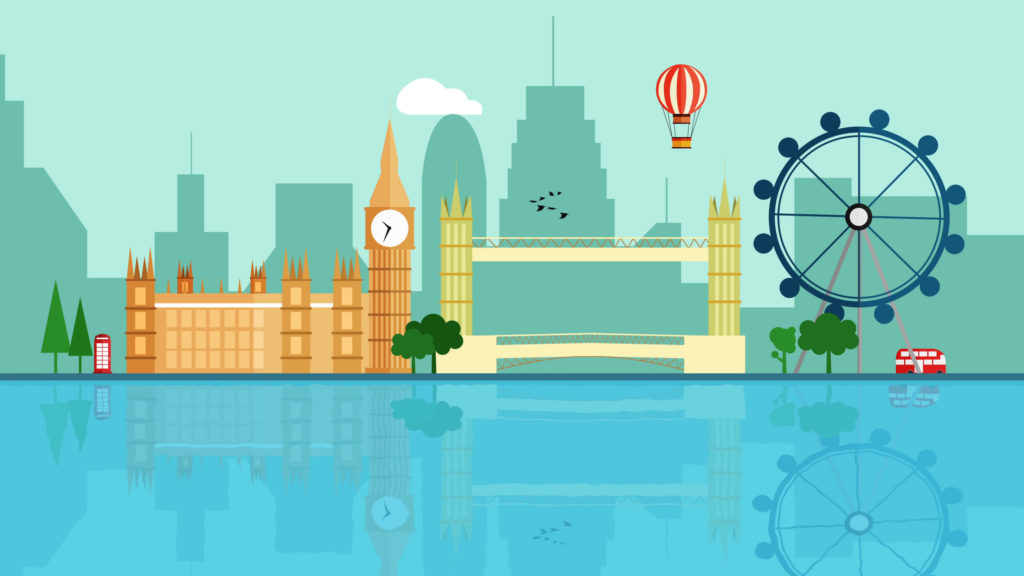The teacher checklist for student trips

Taking the pupils out of the classroom at the beginning of a project or topic can create a wow factor and be a great way to start their engagement with the content matter.
It is also a fabulous resource and numerous lessons and learning objectives can stem from the visit. Equally an off-site visit can be a great end to a project or topic and can be a fantastic way to round off a specific programme of study.
Trips and excursions and where they fit in your programme need to be planned and prepared for.
1. Where will you take your class?
Teaching and working in London for nearly 3 decades has enabled me the opportunity of visiting a whole range of places connected to most areas of the curriculum and with most year groups within the primary age range (3-11year olds).
There is an abundance of free or reduced-price venues. From, The Princess Memorial Garden in Hyde Park, to City Farms and from the Victoria and Albert Museum in South Kensington to the Bethnal Green Museum of Childhood in East London.
Make sure that your choice is linked to the learning objectives of the topic. Be clear about what you are hoping to get out of the day.

Visiting the Wetlands Centre in Richmond upon Thames will certainly enable your class to understand habitats and see how the animals there sue the environment to eat, forage and to sleep, but make sure it is suitable for your year group, a specific cohort with any SEND and related to the area of the curriculum you are studying.
SEND pupils must be included in all trips and excursions and planning the trip carefully will ensure this happens.
Using additional adults, speaking with the pupil about their needs and thoughts and being well resourced will enable the trip to be inclusive and accessible. Read, read and read again about the venue and make sure there is enough space and there are enough things to do for your 30 pupils when they are there for 3-4 hours!
2. Risk assessment and making sure your pupils and the adults accompanying them are safe and secure
Once you have chosen the venue it is essential and a statutory requirement that you risk asses the trip.
Your school will have the necessary forms and please make sure that you fill them incorrectly and with first-hand knowledge. A pre-visit is essential. Even the hardiest teacher can get caught out with a new route of the number 134 bus, roadworks on the pavement and certainly a new cohort of pupils.
Children react and behave very differently out of the classroom than when they are in it and if you have made the visit, but never with that class, then it is essential you complete a pre-visit and new risk assessment. Time everything and try to see things from a child’s point of view. Do not take anything for granted and if in doubt add it in!
Check out the following link from The Health and Safety Executive for further support and guidance here.
Once the risk assessment has been completed it needs to be shared with the other accompanying adults and also the pupils. See the trip as an extension of your classroom and outline carefully your expectations of them.
Be clear with what you are doing at each stage of the day and explain to them the organisation and rationale for it all.
- Partners – how they will be partnered and why
- What they will need, list everything and be clear and let parents know well in advance in the trip letter so there are no surprises for the families. Needing wellingtons can be an issue if there are not any at home or they are too small. Also, think about the cost of the trip and if it is reasonable.
Maybe your school has a policy that trips are free, and the money comes from the whole school fundraising initiatives. Use your schools’ approach to charging for trips as a guide and remember all requests for money MUST state that it is a VOLUNTARY contribution and put no pressure on any pupil or their family. Money can be tight in some households. Letters must go out at least 2 weeks ahead of the trip. - What they will be doing; pre-teach and outline the objectives for the day, just as you would any other lesson.
- Discuss what you will be doing after the trip, how the day out will impact on the learning in the class. Are you going to use it as the basis for the class assembly, make a class book or use sketches are drawn to create a mural? And remember to always close with a question and answer session so the pupils can ask you anything that they are interested in knowing or are worried about in relation to the trip.

3. Travel and getting there
One of the benefits of living in London is the extensive transportation system and the opportunity, with a little forward planning, to receive free tickets for all forms of transport in London associated with getting your class to the venue and back. Your school will need to be registered for the service and I imagine the administrative team will lead on this.
TFL need at least 2 weeks prior to the trip for the free tickets to be processed to make sure that you get organised and apply. Click here to find out more!
These tickets are your gateway to London and also will ensure that station staff escort you to the platform and see you on and off the train safely. Invaluable!
4. What to do once you have arrived
The most important thing to do once you have arrived is to make sure that everyone in the school party knows where you will be based and given an opportunity to use the toilets.
Outline to the pupils what is expected once again and give timings and directions as necessary.
If you have booked the lunchroom and/or a talk or guided session, then that will mainly dictate the rhythm of the day and where things can be left.
5. Lunch – is this most important part of the trip?
Now this, for most children, is the best part of any school trip. A home packed lunch with favourite items and thoughtful treats. Just make sure that the pupils have enough time to eat them and that you make sure that they eat the savoury before the sweet (if that is allowed!).
I would always ask the children to take home anything they did not eat, but this may not be possible. Certainly, the pupils need to clear their rubbish, pack their lunches away and ensure that all lids and containers are secure.

6. Getting the most out of the visit
Using a guide at the venue or having a workshop can make the trip focused and take the pressure off a little. If that is not possible then make sure that you have the resources the pupils need to sketch, record and to make notes.
Prepare a worksheet, treasure hunt or key questions they will need to research and answer.
Set them off on their semi-independent learning and then reconvene at points throughout the day to touch base, count them (!) and to deliver your mini plenaries.
7. Using and applying – how will the trip impact on the subsequent work in the classroom?
The trip is now over, and it is the morning after. Make sure that you revisit the day and use the work completed as the starting point for further teaching and learning. Do allow the pupils to finish their writing/note taking, complete their sketches and to discuss the worksheets. Then use the experience for narrative writing and poetry, use the monetary and measurement calculations for maths work; how much did the trip cost for the class and how far did you travel? And make sure that there is a time for reflection.
If you managed to capture the day in photos or a video then make a class presentation or slideshow and add relevant music, quotes and thoughts.
The day of the trip is one thing but using and applying the experience is another and what a fabulous learning opportunity your class has had!








Responses